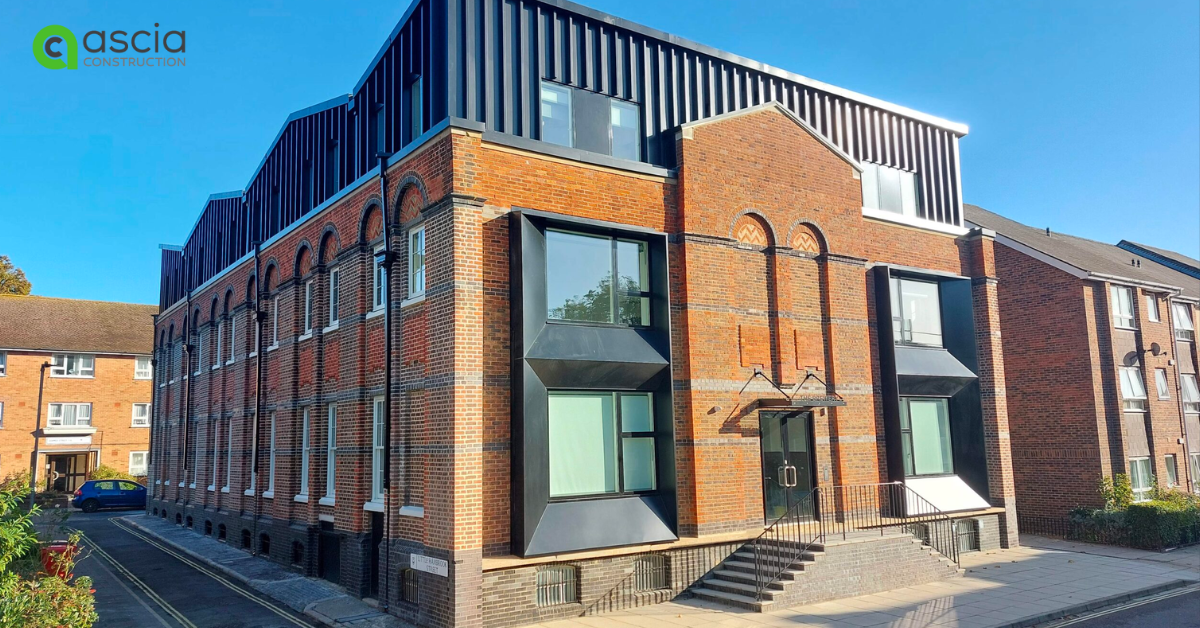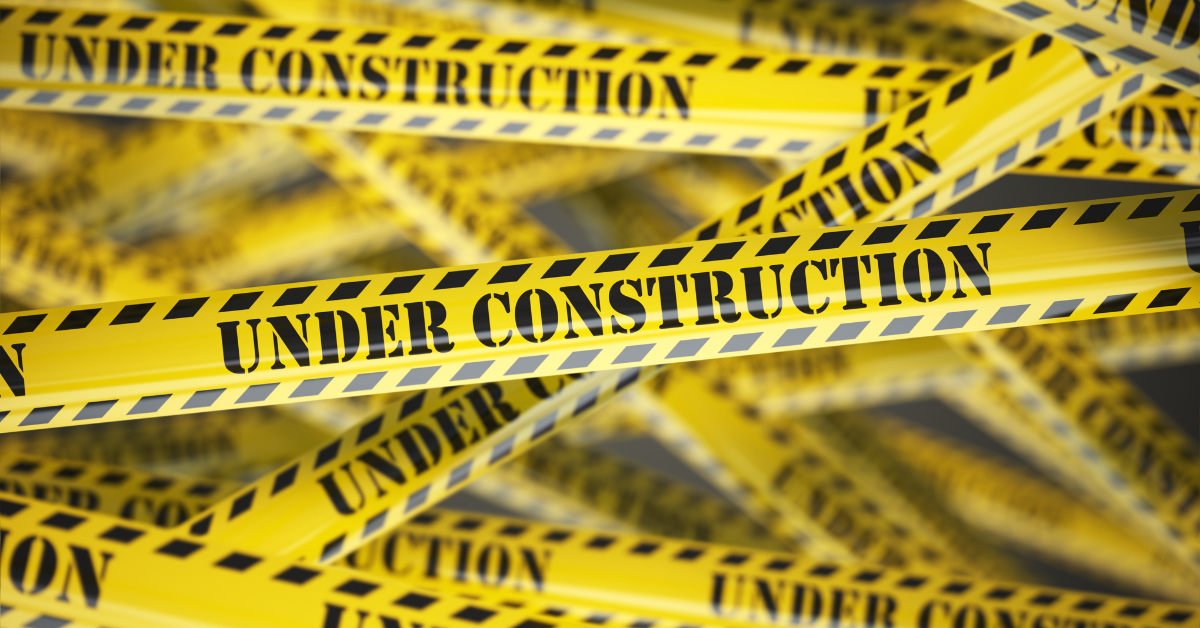Every year, millions of tons of construction and demolition waste goes directly into landfills. It’s not the ideal catchphrase for a world that is placing more and more emphasis on greener initiatives.
The construction industry has always used plenty of natural resources. The demand for new buildings and better infrastructure to support economic growth means construction is often at odds with environmental consciousness; mitigating the use of natural resources while meeting growing demands can leave the construction industry at a crossroads – how can they be greener?
The goal of sustainable construction is to reduce the industry’s impact on the environment while still delivering on demand for growing infrastructures. The problem is that the industry in general is still reliant on outdated technology that can be wasteful, slow, and ineffective. Newer technology can play a huge role in driving the construction industry towards more sustainable operations by reducing waste and optimising operations.
Here are some of the ways that construction teams can work towards a more sustainable way of working – and how technology can play a part in driving these initiatives.
1. Improving workflows on-site
There are a lot of moving parts on a worksite – we’re not just talking about machinery. When the workflows that underpin a whole project start to break down, errors can arise and rework can throw the whole project into chaos. Rework is expensive and affects logistics, planning and building timelines, as well as being one of the biggest causes of waste on construction sites. When mistakes are made, more materials are used to fix mistakes, meaning a bigger impact on the environment.
Document management software allows for a better system for updating documents; with a clear process when updates are made and ensuring that everyone is working from the latest versions of drawings.
2. Better communication tools
Fuel emissions from construction vehicles has a huge impact on the environment – reducing these emissions not only reduces your carbon footprint but can additionally lead to a healthier crew. It’s not just about minimising the time engines are left idle, but also reducing travel between sites.
Using communication tools that improve information flow is key in addressing this; if teams are using the same application to get real-time updates on projects, there is less need for physical meetings and site visits to double-check information.
3. Eliminating paper waste with technology
The amount of paperwork involved in the average construction project is often gargantuan. Not only does it contribute to the overall waste of a construction site, but also the storage needed to keep a track of everything. The construction industry has generally been slower to adopt newer ways of working, but with more tools than ever now available it’s become far easier to reduce the amount of physical documents that are needed.
Digital tools allow all project documents to be stored in the cloud; where backups are automatic and there is a better record of variations or changes – meaning version control isn’t down to who has the latest printed document.
4. Better collaboration on green projects
Working to produce more sustainable buildings contributes to greener outcomes; from efficient design to measures to mitigate negative environmental impacts. However, when there is poor collaboration between builders and contractors (for example), teams aren’t working in real-time to the most recent updates and communicating accurately on green initiatives.
Having a tool that centralises communications as a single source of truth eliminates confusion, and project managers know there is one place where they can verify all updates and progress on projects. Software that acts as a connector between office and on-site teams means all teams can do more – leading to better productivity and a more positive impact on the environment.
You can download this blog post as a sustainability guide here.
Ready to speak to someone at Fonn about how you can start delivering better sustainability on your projects? Book your demo here.


.png)





